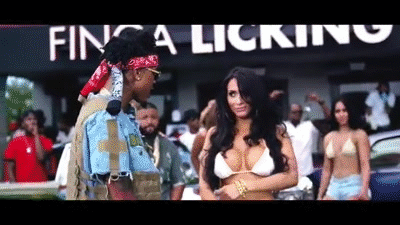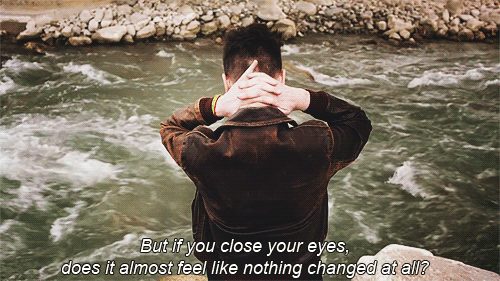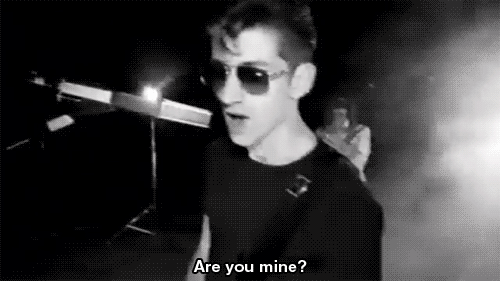Richard Dyer's star theory suggests that celebrities are manufactured by institutions for financial gain and that stars are constructed to represent real people and real emotions.
Who is Richard Dyer and what did he say?
Richard Dyer is a British media theorist who believes celebrities are constructed by institutions for financial reasons and target a specific audience. They are constructed through advertising and various marketing techniques - creating a special place in the audience's' lives for the stars.
"A star is an image not a real person that is constructed (as any other aspect of fiction is) out of a range of materials (e.g advertising, magazines etc as well as films [music])." - Dyer, 1979
Difference between performer and pop star
Both terms "performer" and "pop star" have become interchangeable - although there is a distinction. There are those that perform pop music and those who are known for being pop stars - who have an identity or persona aside from their music. Josh Kumra is an example of an artist that is considered a performer rather than a star, this is because of various performances in smaller venues such as O2 Academy Brixton and various hotels. Despite having a number 1 in the UK charts, he tends to appeal to niche audiences and is not really recognised worldwide. On the other hand Drake in an artist that is recognised worldwide, goes on world tours after the release of an album, sells his own merchandise and has won multiple awards for his artistry. He would be considered a pop star as he appeals very highly to mainstream audiences. There are ways for performers to become pop stars with shows such as Britain's Got Talent and The X Factor - One Direction being one of the most successful examples as they went from young boys put into a group and who are now globally recognised, with large mainstream audiences.
Stars as constructions
Stars are constructed as artificial images and usually have a unique selling point. Sometimes these are changes that the artists go through, for example Britney Spears's weight gain, which was criticised by many and this lead her to losing weight again to maintain her construction. As well as this, Miley Cyrus's "drastic" change from an innocent children's show actress and singer to a rebellious teenage type character who performs with minimal clothing on stage and in music videos - the latter however, leading to more controversial attention. Another unique selling point however could be Justin Bieber's iconic bowl haircut, although this has changed as he has grown up and become a much more mainstream artist and may not require much of a unique selling point as he already has an established audience.
Industry and audience
Stars can be manufactured with the purpose of generating money for the industry, as long as audiences bought the artists records and became loyal fans. Stars are shaped by their label as they are the product of it and they may also produce stars to have long lasting appeal, so fans will be fans for decades down the line and they will not lose their success - therefore not lose any money. Justin Bieber is yet again a great example of this as he continually satisfies his audience and fulfills their expectations.
Ideology and culture
Stars can also represent cultural values and promote certain ideologies, this may enhance their "star quality" and create a persona for them. Michael Jackson was a very popular artist who had referenced race issues with his music, as well as artists now such as Lady Gaga and Macklemore who tackle issues that the LGBT community face - therefore raising awareness and engaging fans with the same issues.

Character and personality
Despite the star being a construct, the construct does have a foundation of realism as stars may attempt to represent "what society should look like" usually due to such a mass following. They may support hegemony - dominant cultural ideology, by conforming it to thin and beautiful or even chubby - but still loveable. Aligning with hegemony we see artists such as Beyonce, Rihanna and Taylor Swift who are seen to have "ideal" bodies and promote their independence as women, encouraging younger girls to have them as their role models. Whereas there are still majorly popular artists who go against the cultural ideology such as Adele, Britney Spears or Aretha Franklin who suggest its fine to be different.
Debate (music vs film)
It can be argued that music artists have the advantage over film stars when being constructed to appeal to a mainstream audience. While film starts rely on screenwriters to produce their lines which is an essential form of creative input, music stars images can be more consistent and longer lasting. Viewers perceptions of film are heavily influenced by the perception of its stars, publicity materials and reviews determine the way audiences experience the film.
Control (how much do they have?)
Music artists are seen to have very little control over their star image as institutions and labels guide and instruct the artists on how to appeal more to audiences and to keep them in the public eye. This in the long term keeps the artist relevant and therefore will allow the artist to keep generating income for the industries. However it is also argued that the artists do have control over their image as they control their bodies and are also able to have surgery if they please to change their appearance. This may not gain a positive reaction from the audience or the press, nonetheless it would still be in the public eye.
Conclude:
Dyer's star theory is vital as it determines an artist's success and how they became so. Their image being constructed can heavily benefit them and the music industry as it relies on audience appeal. If an artist is not constructed they may lack the "full package" that allows them to succeed, therefore will not be represented properly. When creating my music video I will apply Dyer's theory by representing my artist while taking construction, audience, character and personality into consideration as these elements are seen as important for an artists success. My artist will be young and have an appealing persona, the artists clothing will look quite generic and not too "out there" as I want to be able to appeal to a mainstream audience as this will generate the most success.


































